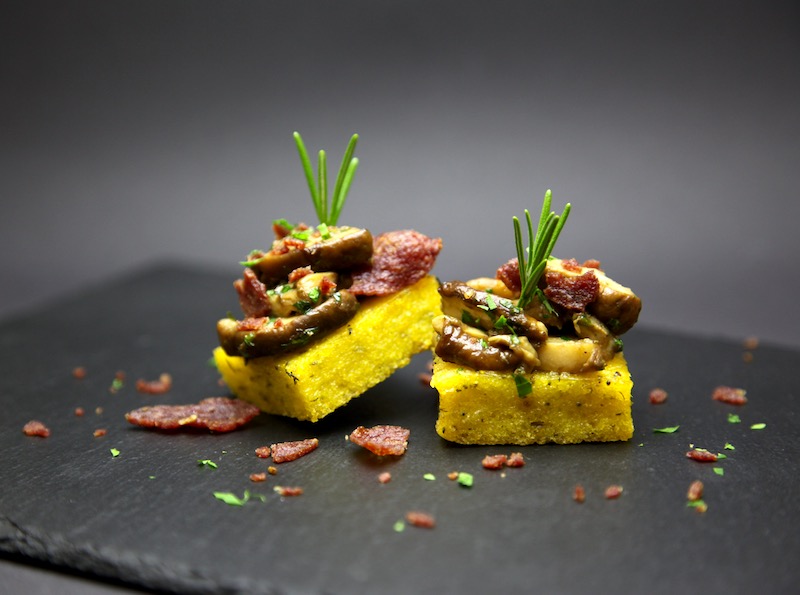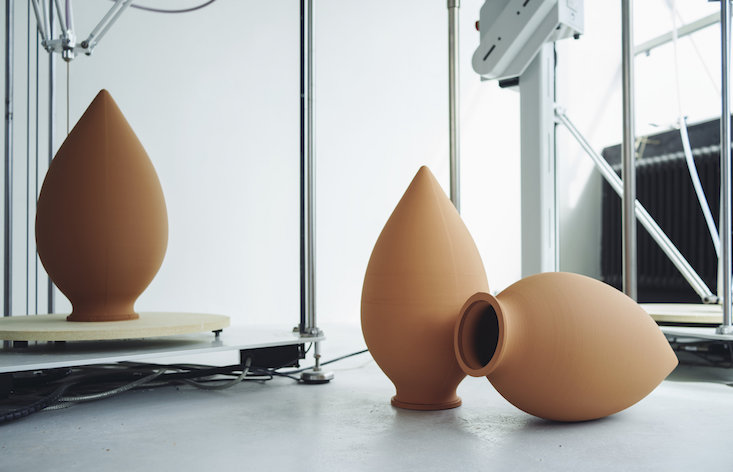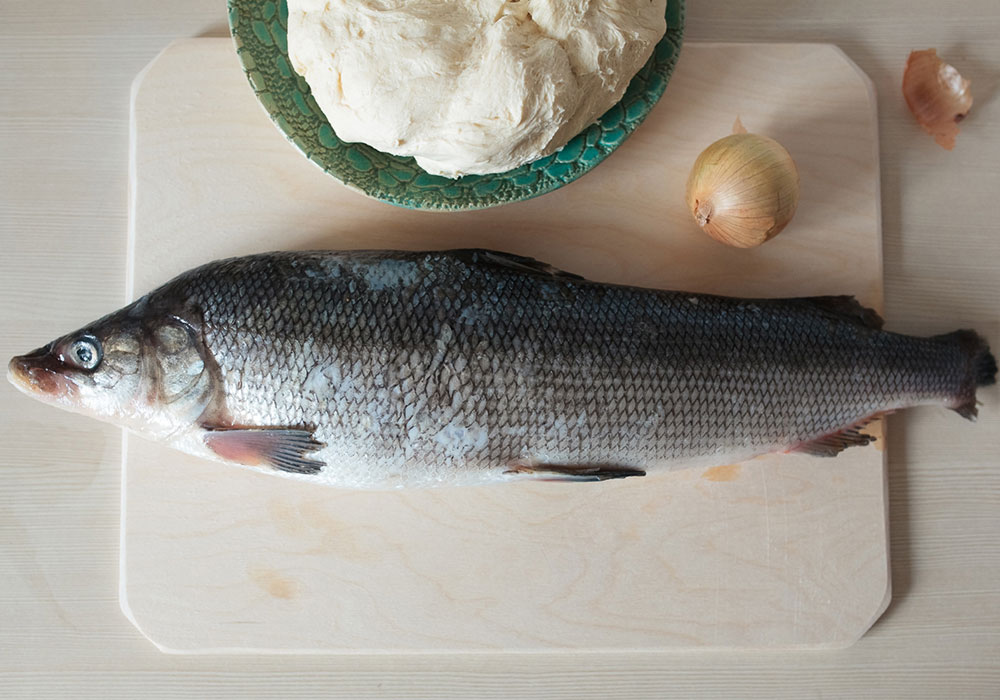The rise of Georgian wine: unbottling an 8,000-year-old tradition
For decades, Italian and French wine have dominated the European market. But in Georgia, local makers are preparing to grab a piece of this lucrative trade for themselves with a national campaign, a new surge of interest in ancient winemaking techniques, and partnerships with some of the continent's most-established players.
Giorgi Svanidze’s family has been making wine in Georgia’s Kakheti region for some 150 years: “I remember when I was a child. We would collect the grapes and bring them to the marani,” he says. “We would dance and run. It was a celebration.”
Winemaking is said to have played a role in Georgian society since 6,000 BCE, and is closely interlinked with the birth of the Georgian Orthodox Church. When St Nino, a key figure in Georgian Christianity, used the vine wood to build a cross back in the 4th century, wine and the grapevine became charged with deep spiritual meaning. Wine in Georgia represents more than a simple convivial drink. It is synonymous with national identity.
Until recently, geographical and political isolation from Europe meant that such a rich wine heritage remained largely unknown to the West. At the same time, it ensured that Georgia’s rich winemaking traditions were preserved largely untouched.
The Askaneli Brothers’ vineyards in Georgia
The first blow for Georgia’s wine industry came in 1922, when the Soviet Union annexed the country. The seven decades that followed did not erode Georgia’s vinous heritage, which was retained within private or small, artisanal settings. But it still had a significant effect on the country’s wine industry, as larger commercial productions adopted alternative, mass-production techniques.
“During the Soviet era, there was a great demand for our wine, but no one paid any attention to quality,” says Gocha Chkhaidze, president of leading wine producer Askaneli Brothers. “While Georgia was under Russia, France was able to establish a serious position in the international market, which Georgia failed to do.”
Chkhaidze recalls the poor state of the sector shortly after Georgia regained independence in 1991: “There was poor sanitation in the wineries, a lack of knowledge, and old-fashioned bottling lines. People were unable to make wine sustainably, vineyards weren’t sufficiently cared for, agronomists were unskilled and forced to harvest the maximum quantity of grapes possible.”
Despite political independence, Georgia still relied heavily on the Russian market. Russia had been the principal destination for Georgian wine throughout the entire 20th century, and still made up about 70 per cent of all wine exports even in the mid-00s.
Then, in 2006, Moscow introduced a trade embargo on Georgian wine that brought wineries to their knees. The Kremlin claimed that some wine shipments had been contaminated with pesticides and heavy metals. Then-Georgian president Mikheil Saakavshivili, however, described the move as economic blackmail in response to his country’s increasing political proximity to the West.
On the brink of collapse, the wine industry had to seriously reconsider its export strategy. But while Russian drinkers had known Georgian wine and held it in high regard for centuries, the rest of the world knew little about the region’s culinary heritage. Entire nations of wine drinkers would have to be educated from scratch.
The Askaneli Brothers’ vineyards in Georgia
“When you open a new market, you have to convince the consumer that there is something they really want, [and that] they didn’t know they wanted it, but now they want it really badly,” explains Paulina Rytkönen, an economic history specialist lecturer at Stockholm’s Södertörn University. To develop its new communication strategy, the Georgian industry sought help from leading international scholars, including Australian wine economist Kym Anderson.
Their plan saw Georgian reclaim its long wine heritage. St Nino’s grapevine cross was packaged together with the country’s winning biodiversity, 8,000 years of winemaking history, and an abundance of colourful wine-drinking rituals to become a new national marketing strategy.
“They identified some strong components of Georgian wine. The Georgian government and the wine industry had a very creative response to the crisis, really entrepreneurial,” says Rytkönen. “They had to make decisions at a time when there was a lot of uncertainty.”
In a binary wine universe traditionally subdivided into Old and New World countries, Georgia created a whole new category: the Ancient World
In a binary wine universe traditionally subdivided into Old (e.g. Italy and France) and New World countries (e.g. America and Australia), Georgia’s storytelling effort created a whole new category: the Ancient World, or countries which owned the very history of wine.
As Rytkönen points out, there’s a good reason Georgia’s wine strategy has been so successful: the narrative at the heart of the story is very real. “They just packaged a genuine story and marketed it,” she says. The new communication strategy breathed new life into Georgia’s wine heritage, which had remained in vegetative state under Soviet rule. Not only did it provide artisans with the necessary tools to market their traditionally-made wines to a wider international audience; it allowed larger producers to rediscover and embrace classic winemaking techniques, too.
In 2013, UNESCO officially recognised the kvevri, the traditional earthenware used to ferment and store Georgian wine as Intangible Cultural Heritage of Humanity. The supra – a celebratory meal where wine plays a key role – was also nominated for the same honour last year. Such official recognitions plays in favour of Georgia’s agenda, as it contributes to promoting its winemaking heritage abroad. According to the country’s Minister of Environmental Protection and Agriculture, Levan Davitashvili, kvevri wine exports to the United States grew an average of about 34 per cent over the past five years, while exports to the UK increased by 60 percent in the last year alone — albeit from a small base.
Gocha Chkhaidze, president of leading wine producer Askaneli Brothers. Image courtesy of Askaneli Brothers
Despite ongoing westbound expansion, Russia reclaimed its role as a key export market when the trade embargo was lifted in 2013. For Svanidze, nearly 50 per cent of production heads to Russia each year, and he does not expect that figure to decrease any time soon. “Russia and Moscow are a very good, attractive market for us, because people there like and know about Georgian wine. They did even before the revolution.”
Indeed, while storytelling is being successful at stimulating curiosity across Western Europe and North America, Georgian wine’s alien organoleptic profile challenges consumers’ very understanding of what quality wine really is. Western palates need time to get to grips with qvevri orange wines, their surprising aromas, unusual astringent quality, and somewhat rustic character.
To tackle issues of taste, an increasing number of producers have been embracing Western flavours, either by releasing Georgian twists on European-inspired styles, or by collaborating with Western winemakers. Earlier this year, Chkhaidze announced his partnership with maverick Bordeaux vigneron, Loïc Pasquet, whose Liber Pater wine fetches prices of about £26,000 for a single bottle. Chkhaidze’s project aims to establish Georgia as a new frontier for fine wine production — along the lines of regions such as Burgundy or Piedmont — by blending French know-how with traditional Georgian techniques. “Some people go to Jerusalem, others go to the Vatican, and winemakers go to Georgia,” says Pasquet to justify his involvement in the project. “This country’s potential is very high. The problem is that the Soviet Union left the wine industry in such a poor state. Now is the time to start a new page for Georgian wine. I want to use their techniques, but with more control over the process.”
Chkhaidze is confident that Georgia is entering a new winemaking era and that Pasquet’s intervention will be instrumental to its success: “I was fascinated by Liber Pater. It’s such a key moment for me to start a joint project with Pasquet,” he says. “I know he will bring great success to my country.”
By discovering the commercial value of its own cultural identity, Georgia isn’t simply drafting the latest chapter of a millennia-old wine history. Thirty years on after independence, Georgia has found in grapevines, kvevris, and the mesmerising golden colour of its amber wines, the ideal tool to emancipate itself from seven decades of Soviet rule. “This venture is as much about Askaneli and Liber Pater as it is about the entire Georgian wine industry,” says Chkhaidze


